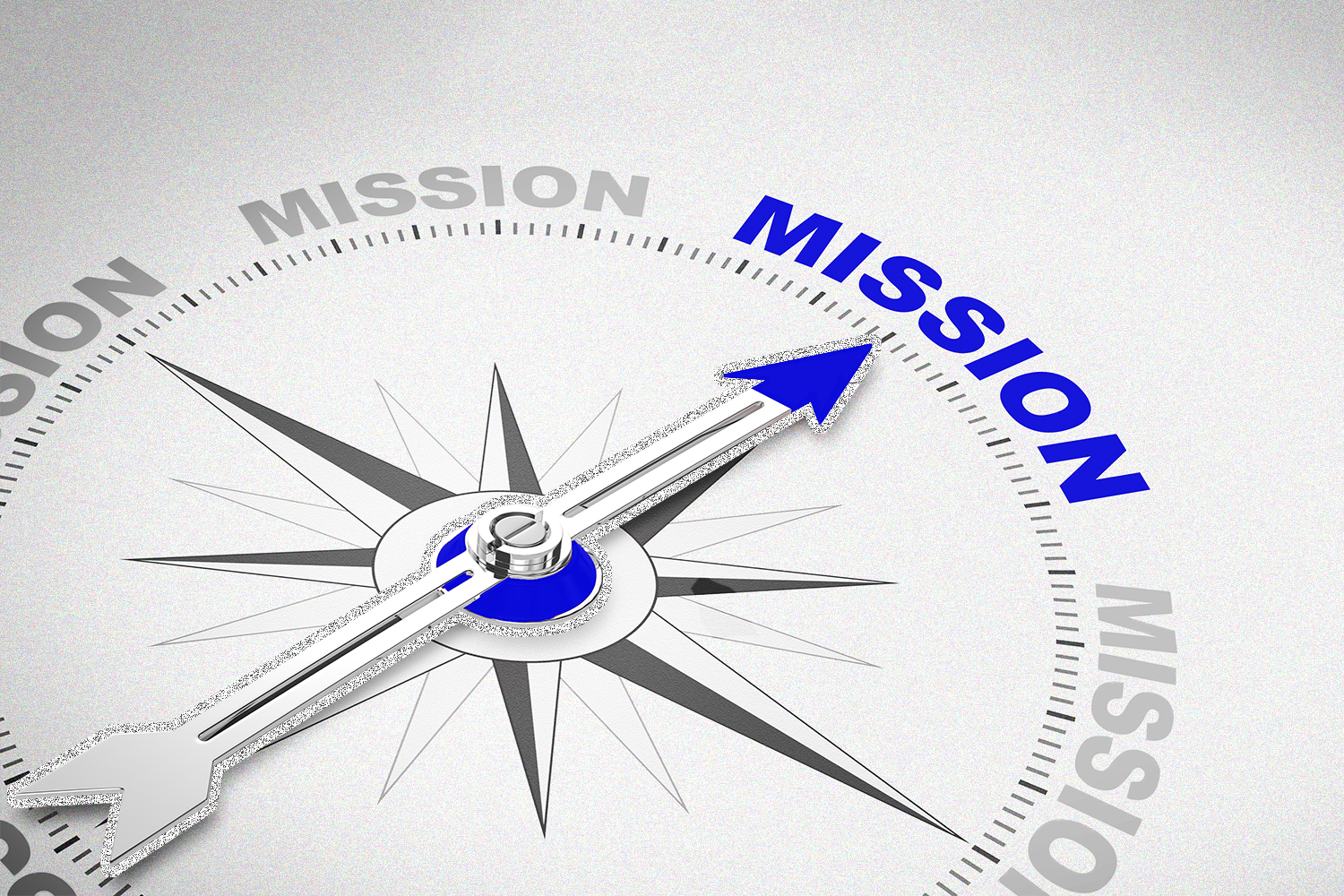March is Women’s History Month. This is a starting point resource for employers to actively support and recognize women’s strides in the workplace. Learn how your organization can recognize Women’s History Month.
Overview
Women’s History Month is an opportunity to acknowledge the women who have broken down barriers and paved the path for greater equality today. It also offers a time to reflect on the work that’s still left to be done.
As you prepare to celebrate Women’s History Month in your workplace, we’ve compiled a resource that covers why this month is important, historically and today. We also include event ideas for your employees, books to read, documentaries to watch, and examples of how other companies are celebrating.
Use the quick navigation links below to jump ahead to a specific topic:
- The History of Women’s History Month
- Why Women’s History Month Is Important
- How Women’s History Month Is Traditionally Celebrated
- Employee Considerations
- How to Recognize Women’s History Month at Work
- TED Talks and Documentaries to Watch
- Books to Read
- Guest Speakers
- How Companies Are Celebrating
The History of Women’s History Month
The official celebration of women’s contributions and achievements throughout U.S. history first began as a week-long recognition that took place the week of March 7, 1982. In 1987, Women’s History Week was expanded to the full month of March, after petitioning by the National Women’s History Project, an educational task force based in California’s Sonoma County. Since then, U.S. presidents have continued to issue proclamations designating each March as Women’s History Month.
Also this month:
March 8 — International Women’s Day. On this day in 1908, women in New York City reportedly took to the streets to protest working conditions and demand women’s suffrage. National Women’s Day was first observed in the U.S. in 1909. A year later, at the International Conference of Working Women, held in Copenhagen, International Women’s Day was instated.
March 14 — Equal Pay Day. This day acknowledges the pay gap between men and women and indicates how far into this year women need to work, on average, to match what white men were paid last year.
Why Women’s History Month Is Important
Women have long been fighting for equality in the U.S. Back in 1848, the first organized national women’s rights movement event took place at upstate New York’s Seneca Falls Convention. Decades passed before all states ratified the Nineteenth Amendment in 1920, giving women the right to vote. And the work toward equality in other areas continued — from the 1972 passing of Title IX that prohibits discrimination in education and athletics based on sex to the ability for women to enlist in combat military positions in 2013.
Yet, there’s still much more work to be done to achieve equality, and the workplace is a critical place of focus. Women continue to experience inequalities in pay and advancement opportunities. In fact, a 2022 report by McKinsey found that there are only 87 women promoted to manager positions for every 100 men that are promoted. The divide is greater at the leadership level where only one in four C-suite roles is held by a woman. Even worse, only one in 20 is a woman of color. From having their qualifications questioned or their authority undermined to feeling overworked and underrecognized, according to McKinsey, once women reach leadership roles, they’re choosing to leave at a greater rate than men.
While one month out of the year is not sufficient to solve these imbalances and attitudes, it’s an important time to assess what work remains to reach gender equality and equity in your own organization. Are men and women equally represented on your leadership team? Do you have work to do to close the pay gap between men and women employees? March is an excellent time to identify shortcomings, develop a plan for how to achieve gender equity in the workplace, and start taking action.
How Women’s History Month Is Traditionally Celebrated
Traditionally, Women’s History Month is recognized and celebrated through educational experiences, such as classroom learning, television specials, and political speeches.
Senior Executive DEI Think Tank is a criteria-based membership community for chief diversity officers and senior-level DEI leaders at large organizations to share difference-making tactics, trade valuable resources, and seek the counsel of experienced peers in a private, confidential setting.
Do you qualify?Women’s History Month Employee Considerations
You can spotlight your internal talent by opening the door for your employees to share their stories, but remain mindful of individual comfort levels. One employee might be excited to share their story with the entire team on a conference stage. Others might be more comfortable recording a video or participating in a written Q&A that can be posted to your company’s intranet. All are excellent ways to recognize Women’s History Month and celebrate your women employees.
And remember to include your entire team — not just your women employees! Make the activities and events you plan inclusive and welcoming. For instance, offer the opportunity for men in leadership roles to discuss how to be an ally to women in the workplace.
How to Recognize Women’s History Month at Work
Feature the stories of women within your organization. Put a call out to your employees to find those willing to share their personal stories of challenges and triumphs as women. Whether it’s through a formal speaking engagement, a video, or an article on your company blog, this is a great way for your employees to learn more about their colleagues and celebrate their accomplishments. Also consider sharing the content with your external audiences on social media.
Share historical facts in internal communications. Maybe it’s an infographic shared on Slack that depicts notable women inventors or a few paragraphs in your internal email newsletter explaining the work of women’s rights activist Susan B. Anthony. (The Smithsonian’s American Women’s History Museum has excellent resources.) These small touch points attach to the larger theme of celebrating Women’s History Month.
Choose a TED Talk or documentary to discuss. Recommend it at the start of the month and hold a panel discussion toward the end of the month.
Here are a few TED Talks to consider:
- Gloria Steinem offers the message “To future generations of women, you are the roots of change” (2020)
- Halla Tómasdóttir shares why “It’s time for women to run for office” (2016)
- Elizabeth Nyamayaro extends “An invitation to men who want a better world for women” (2015)
- Anne-Marie Slaughter asks the question “Can we all ‘have it all’?” (2013)
- Sheryl Sandberg talks about “Why we have too few women leaders” (2010)
As well as a few documentaries:
- “9to5: The Story of a Movement” (2019; available on PBS and Netflix)
- “This Changes Everything” (2018; available on Netflix)
- “Equal Means Equal” (2016; available on Amazon Prime)
- “Chisholm ’72: Unbought and Unbossed” (2004; available on Amazon Prime)
Partner with your employee resource group (ERG). If your company has a women’s ERG, consider asking group members to participate in the panel discussion for one of the above TED Talks or documentaries, or another event such as a women’s leadership Q&A. They may also have other ideas, so empower your ERG members to develop their own company-wide or ERG-specific event by providing the resources and support they need.
Invite guest speakers. Maybe it’s a female CEO who shares the challenges she faced as she climbed the leadership ladder and what her keys to success were. Or it could be a woman athlete who fought to be taken seriously in her sport and went on to accomplish what others thought was out of reach. Inviting or hiring a guest speaker can engage, inspire, and encourage your workforce while recognizing today’s women leaders. Be sure to consider your budget if hiring a guest speaker, as rates range anywhere from $500 to $100,000, mainly depending on how well-known they are.
Organize a workshop. Your DEI team can organize and lead a workshop, or you can choose to bring in a professional from outside the company. Either way, a session focused on professional development or women’s leadership shows your commitment to advancing the talent in your own organization.
Run a fundraiser. Especially if philanthropy and community involvement are core to your company’s mission, consider choosing a few organizations that uplift the future generation of women, such as Girls Who Code or Girls on the Run, for which to raise donations during the month of March. Want to up the ante? Commit to matching the donations your employees make.
Make Women’s History Month the theme for your book club. From memoirs and biographies to historical fiction, a vast selection of books recognize the noble accomplishments of women and inspire others to follow their lead. Choose a book at the start of the month so your team has time to finish it before a month-end discussion. If your budget allows, you can offer to cover the cost of the book. We’ve mined the list of resources below from leading experts on Women’s History Month.
Books to Read for Women’s History Month
- “My Own Words,” by Ruth Bader Ginsburg (2016)
- “Becoming,” by Michelle Obama (2018)
- “The Moment of Lift: How Empowering Women Changes the World,” by Melinda Gates (2019)
- “We Should All Be Feminists,” by Chimamanda Ngozi Adichie (2014)
- “Lead from the Outside: How to Build Your Future and Make Real Change,” by Stacey Abrams (2018)
- “When Women Lead: What They Achieve, Why They Succeed, and How We Can Learn from Them,” by Julia Boorstin (2022)
- “The Diary of a Young Girl,” by Anne Frank (1947)
- “I Am Malala,” by Malala Yousafzai (2013)
- “The Radium Girls: The Dark Story of America’s Shining Women,” by Kate Moore (2017)
- “Hidden Figures: The American Dream and the Untold Story of the Black Women Mathematicians Who Helped Win the Space Race,” by Margot Lee Shetterly (2016)
Guest Speakers for Women’s History Month
If you’re looking outside your organization for a speaker, consider asking your LinkedIn network for speaker recommendations or connecting with fellow members of an industry association you’re a part of. There are also many booking agencies and speaking bureaus that represent women leaders, authors, activities, and women’s history experts. For example:
- Gotham Artists represents and books women speakers such as Patty McCord, the former chief talent officer at Netflix, and Mia Hamm, former U.S. Olympic soccer player.
- Activist and feminist organizer Gloria Steinem as well as journalist and women’s history expert Elaine Weiss can be booked through The Harry Walker Agency.
- Best-selling author Margaret Atwood as well as Major MJ Hegar, author and recipient of Purple Heart and Distinguished Flying Cross with Valor awards, can be booked through The Lavin Agency.
How Companies Are Celebrating Women’s History Month
For 2023, the theme of “Celebrating Women Who Tell Our Stories” has been established by the National Women’s History Alliance (NWHA), formerly called the National Women’s History Project. According to the NWHA, the theme encourages “recognition of women, past and present, who have been active in all forms of media and storytelling including print, radio, TV, stage, screen, blogs, podcasts, and more.”
- TreviPay, a payments and invoicing platform, is hosting a two-hour virtual and in-person event called “Finding Your Seat at the Table in a Hybrid Workplace,” which is open to all employees and aimed to create a community of allies across all genders. Teresa Cain, director of product and UX design and lead for TreviPay’s Women in IT DE&I division, says the topic was chosen because of its DEI theme for the year: “you belong.” She says she and her team want to “make sure every employee feels empowered to belong at the table, and not just in finding your own seat but bringing others to the table with you.”
- Reverb, a people operations consulting company, is hosting an inclusive leadership speaking series. Scheduled for Women’s History Month is guest speaker Ruchika Tulshyan, author of “Inclusion on Purpose: An Intersectional Approach to Creating a Culture of Belonging at Work.” The company also plans on having an informal event for women team members, vendors, sponsors, and clients, intended to build connections while enjoying food and drinks prepared by an AAPI women-owned caterer. Reverb’s CEO and founder Mikaela Kiner is participating in speaking events throughout the month and says, “I’ve found that women are inspired when they share their stories as well as techniques for how to support each other.”
- Brooks Kushman, an IP solutions company, shared on LinkedIn that it launched Women’s History Month with a panel discussion featuring several of its women leaders who “talked about how the firm has evolved over the years, what their respective career journeys looked like, and what mentors influenced that journey.”
- CDW, a technology products and services provider, plans to celebrate its women employees by spotlighting their stories throughout the month. Additionally, the Women’s Opportunity Network employee resource group is to host a professional development event for employees on “how to be a self-promoter.”
- At MedPro Healthcare Staffing, a staffing agency for travel nurses and allied health professionals, VP of talent and marketing Stacey Edwards kicked off the month with a TikTok to discuss how women can support other women.
- Among the stories shared of KPMG’s women employees to celebrate this year’s Women’s History Month, the professional services firm posted a video on LinkedIn that highlights “thoughts on resilience, self-advocacy, and the advice that they would give to their younger selves.”
Visit our DEI calendar for a complete list of holidays, events, and commemorations for DEI leaders to recognize throughout the year.



